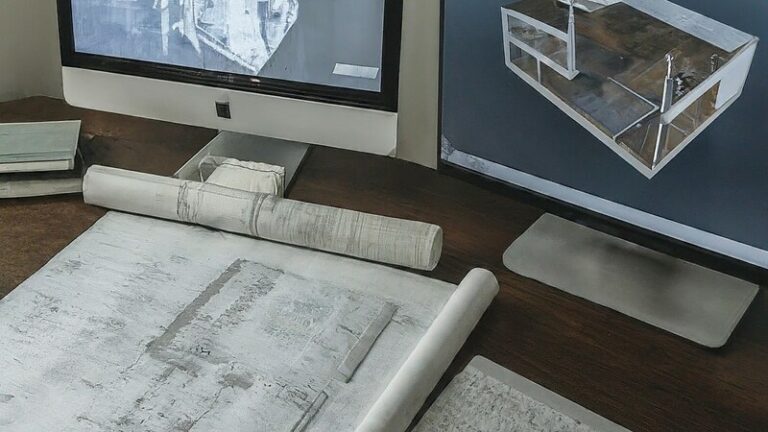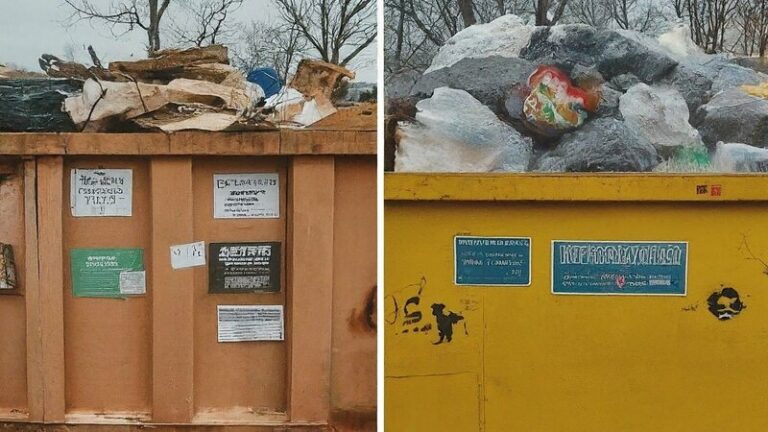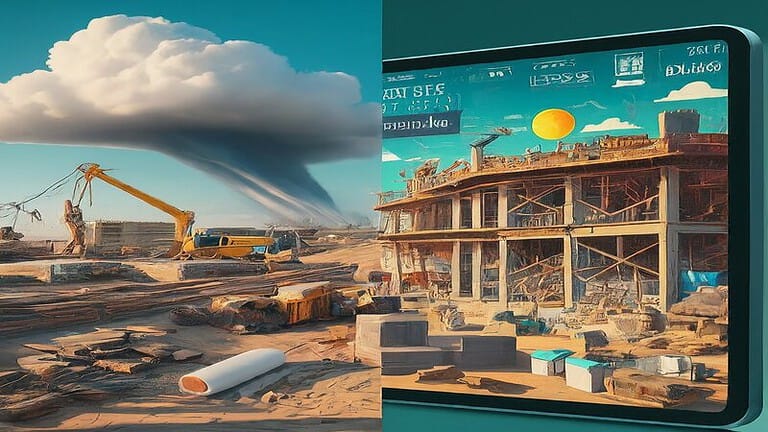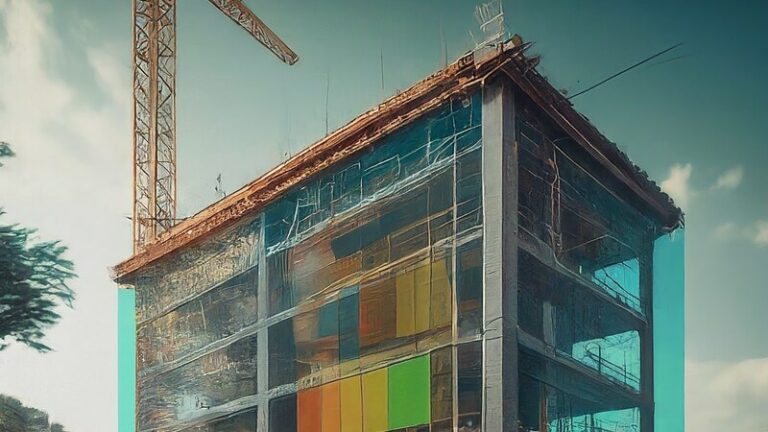The construction sector continues to develop together with other industries and directions. That is why most processes become digital-friendly and fully automated in building. For example, construction pricing software can make a difference when it comes to the pre-construction stage with constant costing, estimating, and reporting. The same story is with using drones, 3D modeling tools, and other tech solutions for the office and on-site workforce.
Waste Management Starts in the Contractors’ Offices
One question stays open. How to manage waste in construction efficiently? For this purpose, various tactics are applied. It is worth noting that the strategy of most companies to switch from paper-driven and manual operations concerning document flows and office processes is environment-friendly.
This is one more ever-green approach to cutting down operational costs and saving time together with a paperless workspace. This is about the promotion of recycling friendliness and improved waste management in general. For example, software for bidding construction jobs and cloud-based solutions can speed up the process of paperless corporate policy that will prevent extra spending, minimize office waste, and optimize the workforce.
It goes without saying that construction is one of the industrial branches with middle-level waste particles. For most building processes, heavy machinery is required that delivers rather big amounts of carbon emissions to the atmosphere. The same story is with facilities equipped with HVAC systems and other utilities together with repair and construction tools for on-site procedures. The building materials also generate waste. This and other items should be taken into account when it comes to effective waste management with the prospects for the long run.
The Pipeline of the Result-Driven Construction Waste Management
To develop the most efficient pipeline for your construction waste, you should take into consideration all the main categories of waste processes in building. For example, there is a section for demolition waste. All there is the category of construction material waste together with steel, bricks, and equipment left-over.
Additionally, it is possible to divide all the waste processes and deposits according to their nature:
- Natural waste (it is located and generated on the sites);
- Direct waste (it involves the actual loss for the company);
- Indirect waste (it can be recycled and used one more time for other construction tasks);
- Consequential waste (it is the amount of wasted materials and other supplies).
The most dangerous category is direct waste that cannot be recycled or prevented. It brings losses for the construction company. For example, you ordered improper bricks for on-site operations or low-quality steel that cannot be treated well. Direct and consequential waste sections can be avoided if you pay attention to the quality of supplies and use all the building materials according to the manufacturer’s or product providers’ recommendations.
Cooperate only with reliable suppliers who store and transport steel, bricks, and other goods properly. Pay attention to the appropriate storage and on-site transportation as well. Additionally, there is a range of tactics to manage waste efficiently if you are a result-driven contractor or subcontractor.
Tips for Better Waste Management Contractors Should Take into Account
First, try to develop the best-management waste management strategy. Start with your managers’ onboarding according to the latest standards and norms. Your construction operations should meet all the requirements in the context of supply storage, transportation, and on-site use. Additionally, automate monitoring processes and checkups to detect any issues timely.
Here is a list of helpful recommendations that help you minimize wastage and cut down useless losses when it comes to sudden direct and consequential losses:
- The cement should be about the usage on the 1st come with the top-priority used basis.
- Undertake reconciliation and inventory monitoring regularly. Do not perform material checkups only at the end of the project.
- Cover cement and other materials sensitive to weather conditions with polythene. It is necessary if you have wet storage conditions or on-site operations during monsoon seasons.
- Stitch all the bags with building materials to store them properly. Avoid any moisture development from the very beginning.
- Small lumps in the bags with building supplies are about a risky deal. Try to avoid such an experience if it is possible.
- The storage accommodations should be dry and resistant to leaks, moisture, and temperature bouncing.
- Use wooden crates and planks to store your building materials. Cement or brick floors in the storage accommodations can be too wet for this purpose.
These tips can improve your waste management in the pre-construction phase and optimize your ongoing construction flows. Your task is to try to minimize all your sudden wastage issues caused by improper storage of building materials and their transportation.















